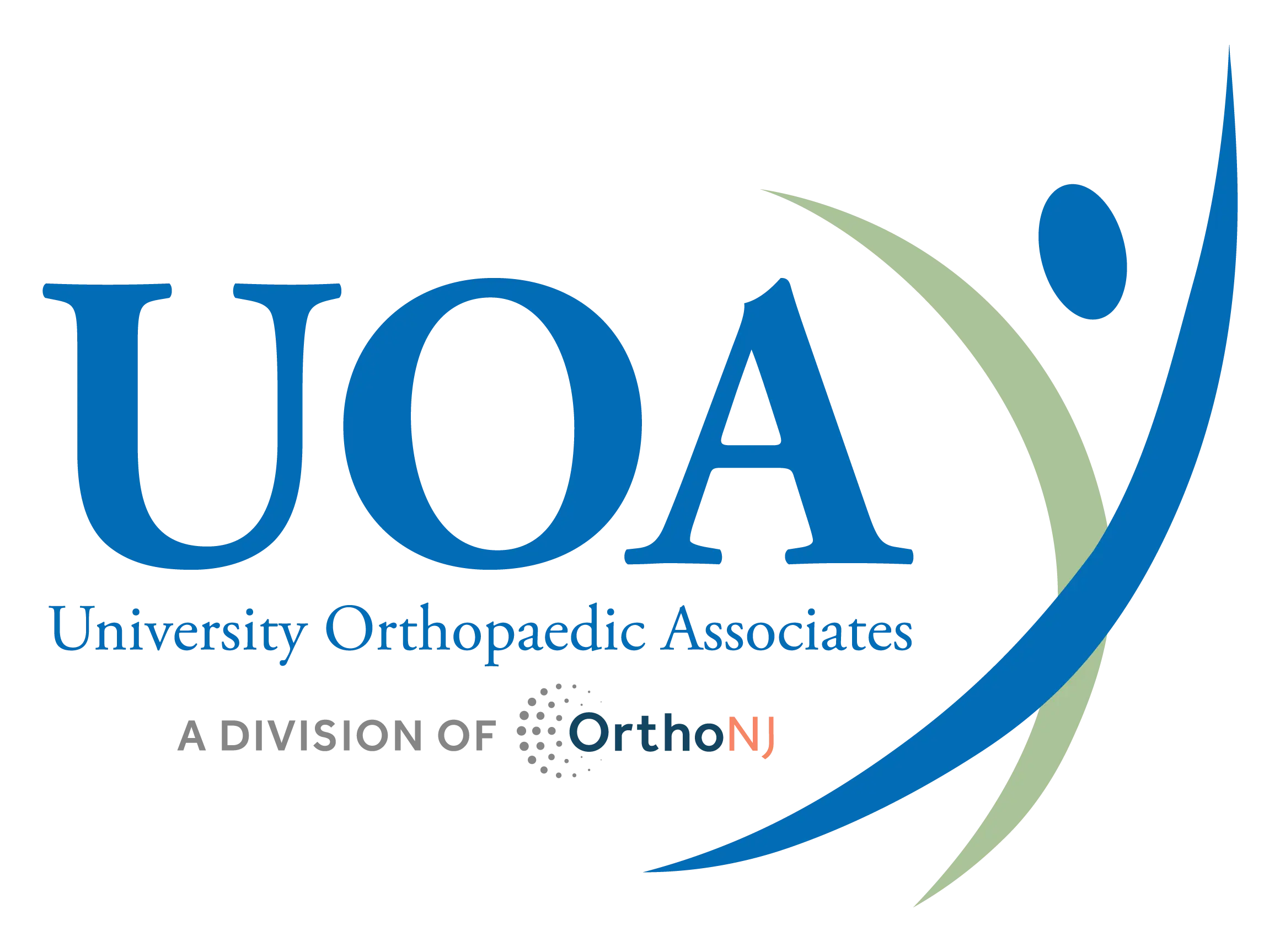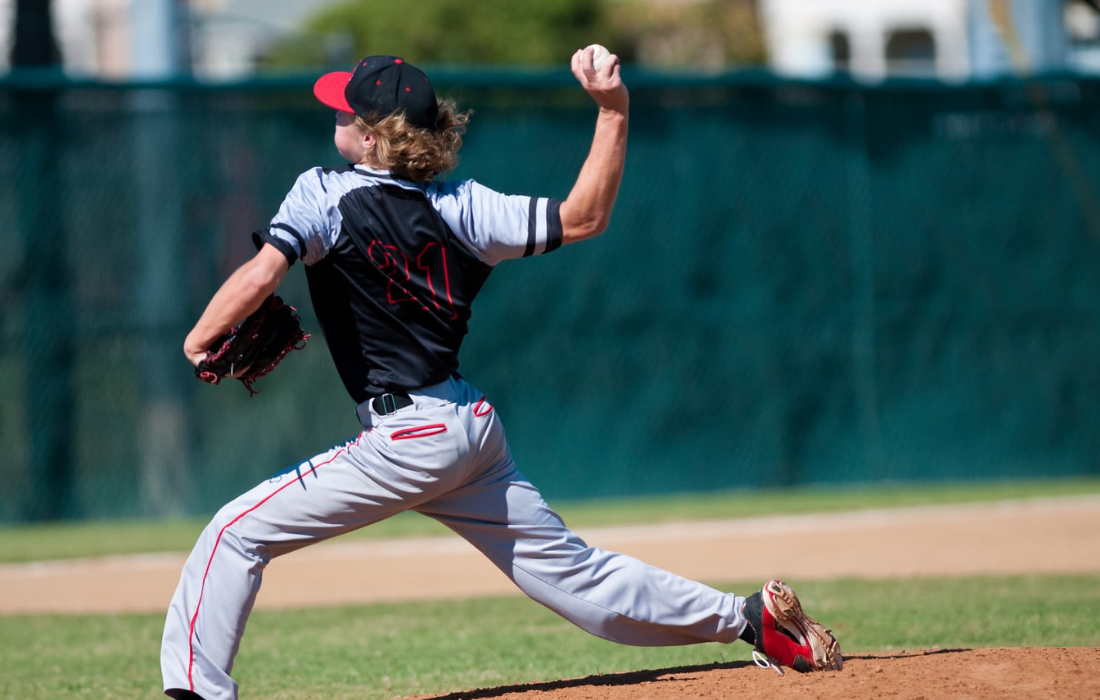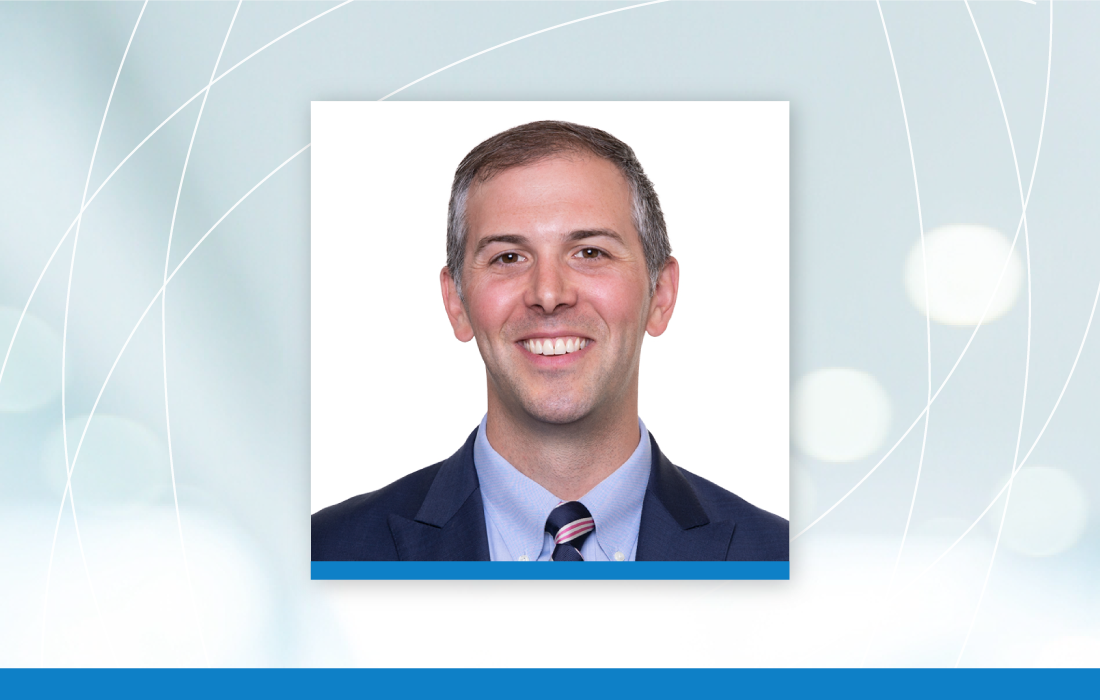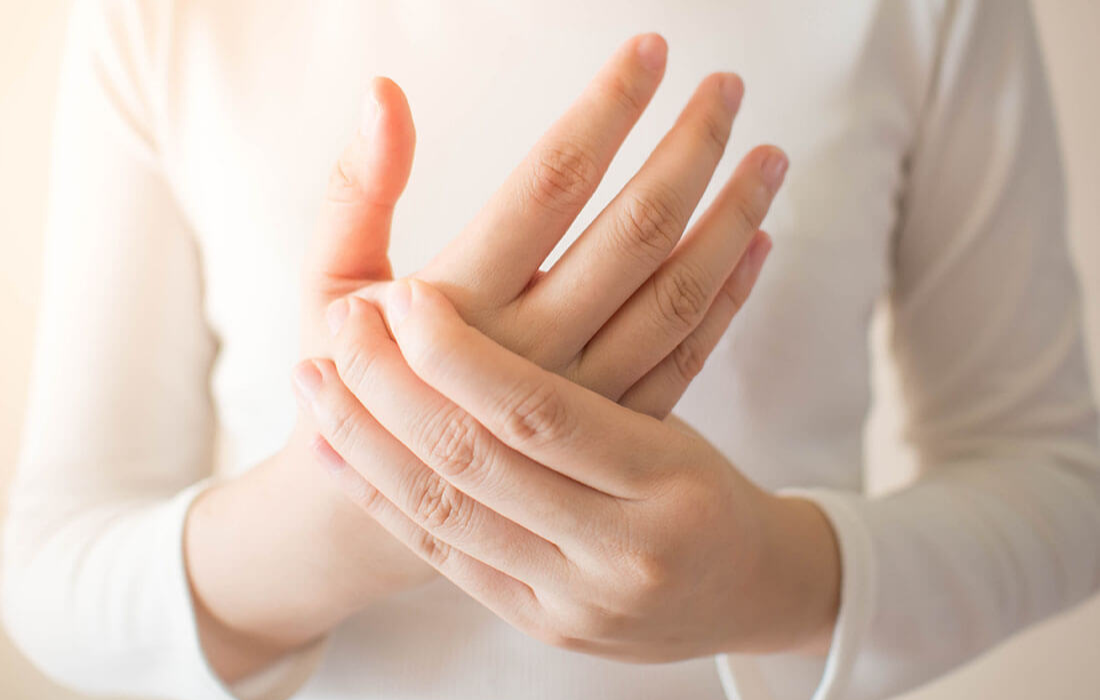Orthopaedic medicine has expanded significantly over the past few decades. Biologic treatment options are less invasive and significantly decrease recovery time while improving outcomes. One such treatment is platelet-rich plasma (PRP) injections.
What Are Platelet-Rich Plasma Injections?
PRP injections are an excellent alternative to invasive surgical options to relieve pain and promote healing in the hand and upper extremities, including:
- Fingers
- Wrists
- Hands
- Elbows
- Shoulders
Platelet-rich plasma injections are made from a patient’s own blood and are used to help heal injured tissues. Platelets, a component of your blood, are part of the body’s natural healing process and contain proteins and growth factors that support tissue repair.
To create a PRP injection, a small amount of blood is drawn from the patient’s arm and spun in a machine to separate and concentrate the platelets. These are then mixed with plasma and injected back into the injured area.
What Types of Injuries or Conditions in the Hand & Upper Extremities Are Typically Treated with PRP Injections?
PRP therapy can be used to treat various conditions affecting the elbows, fingers, wrist, hands and shoulders. These conditions include:
- Tendonitis: This condition occurs due to overuse of tendons and can occur in the fingers, wrists, elbows and shoulders. Examples include tennis and golfer’s elbow.
- Osteoarthritis: Although there is no cure for osteoarthritis, PRP can help alleviate pain and improve function and range of motion in forms of arthritis affecting the hand and wrist, including basilar thumb arthritis
- Shoulder Bursitis: This condition involves swelling in the shoulder, affecting motion and strength.
- Rotator Cuff Injuries: PRP can be used to address partial rotator cuff tears and other shoulder conditions.
- Frozen Shoulder: This condition is characterized by stiffness and pain, with limited ability to move the shoulder within a normal range of motion.
Who Is a Candidate?
For those patients who prefer non-surgical treatment, PRP treatments are an excellent alternative. As with any procedure, there are general guidelines used to ensure the patient is a good candidate for a successful outcome. You should be in good general health with no health conditions that might affect the success of the treatment, such as cancer, active infections or platelet dysfunction disorder.
PRP injections are not typically covered by insurance and are an out of pocket expense.
What Is the Typical Recovery Period Like?
While recovery periods for PRP therapies are significantly shorter than those for traditional surgical procedures, the recovery time after Platelet-Rich Plasma injections for the hand, wrist, elbow and shoulder can vary due to the specific injury’s severity and the location being treated.
- First 2 Weeks: You may experience soreness and stiffness at the injection site and should avoid strenuous activity during this time.
- Next 2–6 Weeks: Light exercise and physical therapy can be initiated, and discomfort at the injection site is expected to decrease.
- Next 6 Weeks+: Gradually return to normal physical activities.
If you are experiencing an injury or condition impacting your hand or upper extremity, contact University Orthopaedic Associates to consult with one of our hand and upper extremity specialists.




